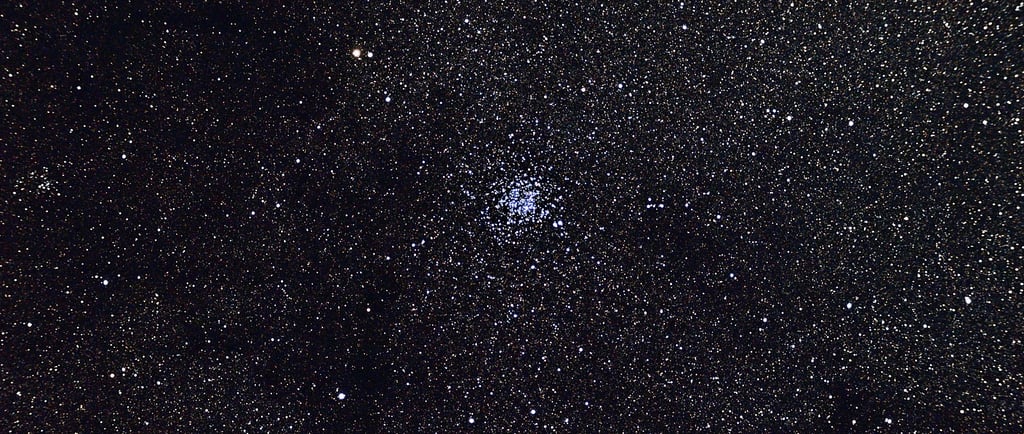Messier 18: The Wild Duck Cluster


Introduction to the Wild Duck Cluster
The Wild Duck Cluster, also known as Messier 11, is a stunning open star cluster located in the constellation Scutum. This magnificent cluster boasts a collection of over 2900 stars, all packed into a relatively small region of the sky. Its visual magnitude of 5.8 makes it an intriguing target for both amateur and professional astronomers alike.
Characteristics of the Wild Duck Cluster
The Wild Duck Cluster is not only rich in star density but also exhibits a unique arrangement that has captivated observers for centuries. The name 'Wild Duck' is derived from the cluster's resemblance to a flying duck when observed through telescopes. Situated approximately 6000 light-years away from Earth, it showcases an array of bright stars surrounded by smaller, dimmer ones, contributing to its overall beauty. The cluster demonstrates an excellent example of stellar evolution, with some stars being significantly younger than others, reflecting diverse stages of star development.
Observing the Wild Duck Cluster
For those wishing to observe the Wild Duck Cluster, autumn months provide the best viewing opportunities. As it rises prominently in the night sky, enthusiasts can take advantage of clear, dark nights to catch a glimpse of its splendor. Telescopes and high-quality binoculars can immensely enhance the viewing experience, revealing the intricate details of the star formation within the cluster. With its relatively bright magnitude, spotting the Wild Duck Cluster can be a rewarding experience for any stargazer.
Conclusion
In summary, the Wild Duck Cluster stands out as one of the most fascinating open star clusters in the constellation Scutum. With over 2900 stars, its beauty and diversity make it a subject of ongoing study and admiration within the astronomy community. Whether a seasoned observer or a curious novice, the Wild Duck Cluster offers an extraordinary glimpse into the complexities of our universe, making it a must-see element of the night sky.
